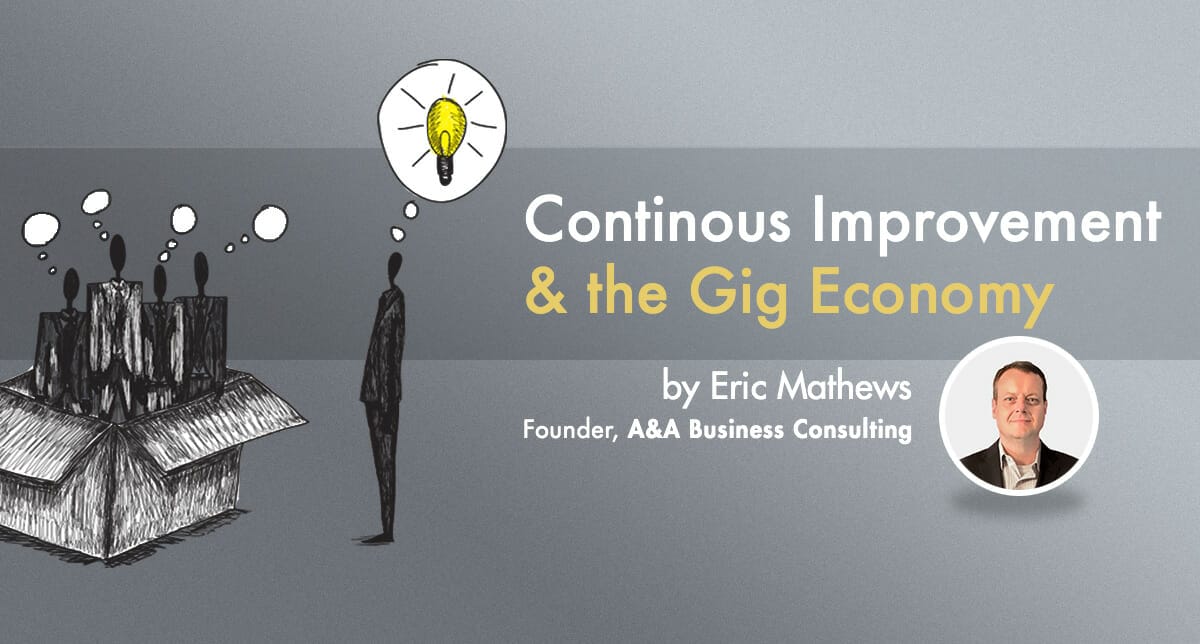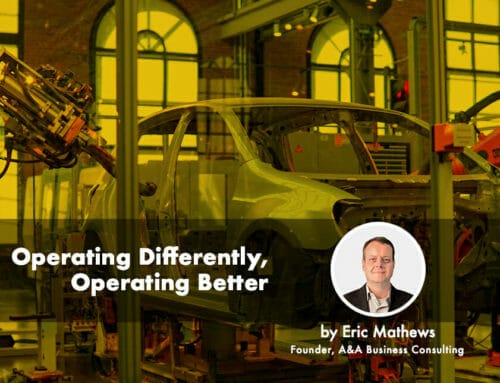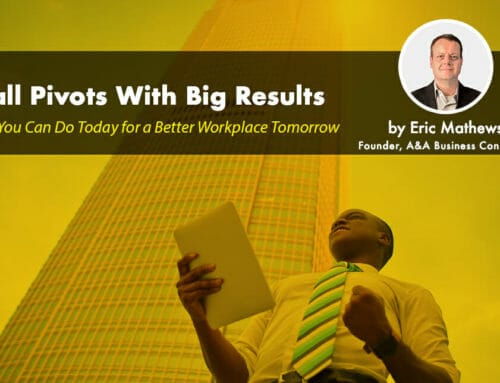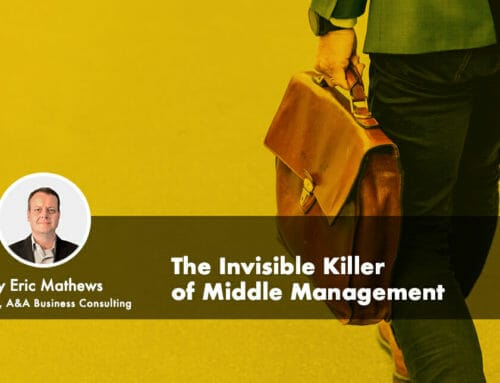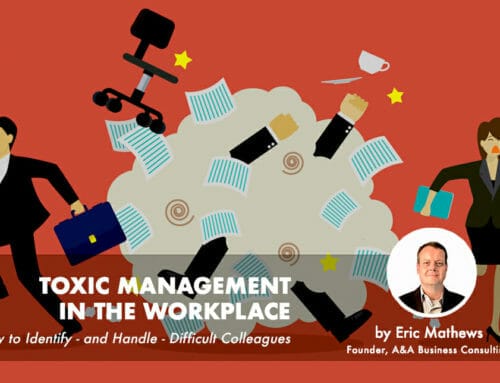If your business is anything like most, you’ve run into challenges you can’t overcome, no matter who you throw at them.
Many companies establish Continuous Improvement Teams to solve problems like these only to find that the problems don’t go away in the way they’d hoped. In fact, this very thing happened to a recent client: a large, international automotive manufacturer.
Like many companies, their Continuous Improvement team consisted of ambitious, high-powered employees. In this case, there were six Six-Sigma Black Belts, a team manager, and a host of other employees with high-powered salaries, benefits, and more. It was costing my client around a million dollars each year to rally this team.
But the results weren’t there, so they brought me in. I brought an even smaller team with me, and we achieved results better than they’d hoped for in just three months.
We’re good at what we do, but that isn’t my point. Instead, today I want us to ask: Why were we able to do what a Continuous Improvement (CI) team couldn’t, and in such a short time?
Consider this: the Continuous Improvement process is designed to generate results. But departments comprised of full-time employees are also designed to keep employees working full-time. Do you really want to have full-time problems? There are problems a CI team can solve profitably, and problems they are practically incentivized not to solve.
Where Continuous Improvement Thrives
Continuous Improvement teams work extremely well for long-term projects, optimizing and tweaking processes over time to achieve incremental gains that pay dividends over a span of years.
Whatever it is you build, there is a beginning and an end to your process. Think of the process that gets you from beginning to end like water. The goal is to allow the water to flow as smoothly and efficiently from one place to the other, right? For that to happen, you need rivers.
A river is formed over the long-haul as waves rock the shore, seeping into the rock and forming grooves to ease the path of water. The water improves the established path, shaping the coastline to help water get from A to B more efficiently. At their best, this is how a Continuous Improvement Team works. The repeated application of optimization principles leads to results over time.
But what if the river is going the wrong direction? You have to recognize that they still live and work “in the box.” How exactly are they supposed to think outside of it?
Executives can sometimes fall into the trap of preferring a “tool” they have over the “tool” they need, regardless of the nature of the problem at hand. I believe this problem is best described by the English adage: “Penny-wise – Pound Foolish.” When you’ve already got a hammer, it’s tempting to think of every problem as a nail. But the result is often an ironic source of waste in a department intended to reduce waste and increase profits.
On the one hand, I get it. If you have a group of people who, on paper, are there to “solve problems,” why would you bring in outside help to do the same thing – especially when it comes with what feels like a high price tag?
On the other hand, some part of what an employee does on a day to day basis is making sure they still have a job the next day. Employees are incentivized to do enough to keep their job, but not quite enough to eliminate the problems that would make them redundant. This is also true for CI teams, which makes them a less-than-ideal way to solve challenges produced from within a company’s culture.
Given that CI teams are on-site all the time, they become an integral part of the culture they’re supposed to fix, friendly with their colleagues, and absorbed in the daily politics of the workforce. This leads to the development of biases, and unable to see the forest for the trees, no matter how talented they are. They’ll notice smaller efficiency gains but won’t see that an entire department could be moved altogether, for example.
Where Continuous Improvement Fails
Someone from the outside doesn’t have those ties or blind spots. An outside consultant can look at processes without bias, and, because of the short-term cost, usually have the needed support from the top to get it done, meaning they’ll face less red tape in solving the problem at hand.
Consultants — especially consultants that guarantee a 4:1 return on investment as we do — understand that a less than stellar performance will end their contract. Their sole concern is to boost your company’s performance, productivity, and financial success. In many cases, a business consultant can deliver results that a CI team can’t because they aim to get results as quickly as possible. Their livelihood relates to a goal – not another day, week, or year of work. We’re happy to leave when the solution we provide has sticking power, and the job is done.
And I’m not alone in advocating that there are problems best solved by short-term contractors or consultants – it’s one of the most consequential trends in our economy! The “Gig Economy” – characterized by the prevalence of short-term contracts – is here, and many of your peers are seeing the benefits of embracing it. This is especially true when outside perspective, creativity, and experience are needed. We’re seeing a steady increase in the number of companies choosing to employ freelancers and consultants:
- “A study by Intuit predicted that by 2020, 40 percent of American workers would be independent contractors.” (https://whatis.techtarget.com/definition/gig-economy)
- Since 2000, 1099s have gone up 22%, while the traditional W-2 forms have stagnated. (jobble.com)
- Between 2003 and 2013, all industry sectors experienced growth in non-employer businesses. (jobble.com)
So, what does this mean for you? Should you get rid of your talented Continuous Improvement team? Maybe not, but you will want to do the math and make sure you’re using your CI Team in a way that suits the model.
The benefits of the Gig Economy are equally applicable here, regardless of your industry. At A&A, we guarantee a 4:1 return-on-investment and include 2 years of follow-up and coaching, ensuring that the solutions stick. Can you say the same about your CI Team?
If not, you may be in the same boat as my client. And if so, let’s talk.
